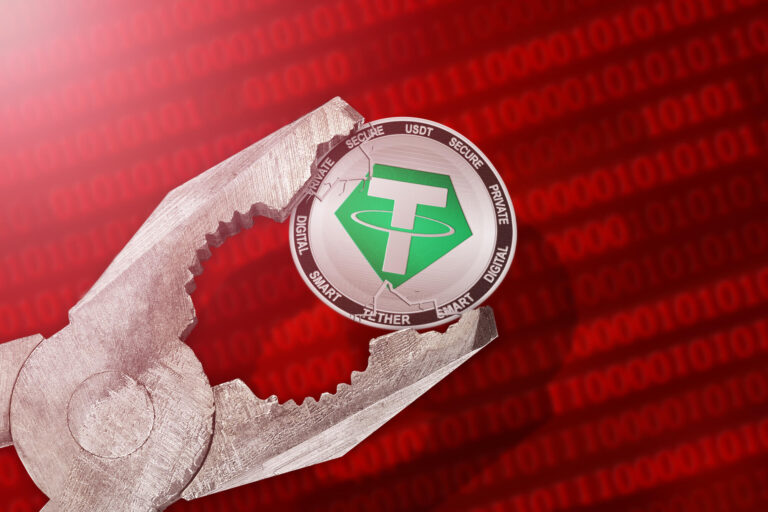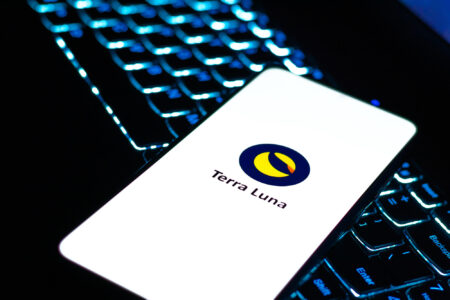From the end of June, the European Union will enforce new rules for stablecoin issuers as part of the MiCA (Markets in Crypto-Assets) package. "Unauthorized stablecoins" such as USDT from Tether will be put under pressure.
The European Union's Markets in Crypto-Assets (MiCA) regulation passed with strong support in the European Parliament in April 2024. MiCA provides a comprehensive legal framework for the crypto market in the EU. The bill provides legal clarity and security. All crypto service providers are required to be licensed and strict identification requirements for transactions are imposed to combat money laundering (AML) and terrorist financing. MiCA has been welcomed by industry participants for legitimizing the market and creating a stable regulatory environment. Clarity was especially expected for KYC requirements and certain currency types such as stablecoins. The MiCA framework however, did not take into account decentralized finance applications (DeFi), crypto lending or staking. Additionally, it does not include rules for non-fungible tokens (NFTs).
Early stablecoin regulation under MiCA
As of June 30, 2024, the European Economic Area (EEA) will enforce the new MiCA regulations specifically targeting stablecoins. The rest of the framework will go into effect at a later date. Under the new rules, stablecoins will be divided into two categories. So-called "regulated stablecoins" issued by authorized entities and "unauthorized stablecoins". The latter will be subject to various restrictions.
MiCA requires that only electronic money institutions (EMIs) and banks can issue regulated stablecoins. The same requirements apply to algorithmic stablecoins. This means most of today's widely used stablecoins will fall into the category of unregulated stablecoins. This affects tokens such as Tether's USDT, Circle's USDC, MakerDAO's DAI and others. Each of these stablecoins have market capitalizations in the billions of dollars. Binance has stated that it will restrict the availability of unauthorized stablecoins to EU users across its product offerings. Binance CEO Richard Teng reiterated that they won't delist the unauthorized stablecoins on the spot, but will limit their availability to EEA users on certain products.
I just wanted to take a moment to address one of the bigger questions raised about our strategy for the upcoming MiCA stablecoin rules.
Please be assured that Binance won't delist any unauthorized stablecoins on spot but will limit their availability for EEA users only on…
— Richard Teng (@_RichardTeng) June 3, 2024
Binance will set a "sell-only" mode for EEA users. This means these stablecoins can only be sold, but not bought. While trading pairs with unauthorized stablecoins will remain temporarily active, rewards programs and other services will restrict their use. Existing loans and margin wallets with unauthorized stablecoins will initially remain unaffected, but new loans or collateral using these stablecoins will be blocked. In essence, all stablecoin issuers operating outside the EU but serving EU residents will have to comply with MiCA regulations. MiCA also imposes restrictions on algorithmic stablecoins, requiring the issuer to notify authorities if transactions exceed EUR 1,000,000 in the European Union. The mandate for fiat-backed stablecoins is that they must maintain a 1:1 reserve ratio held by a third party. These provisions are designed to ensure that stablecoins can function reliably as a means of payment and store of value, thereby enhancing consumer confidence.
MiCA's impact on stablecoin issuers such as Tether
In response to the MiCA regulation, the OKX exchange is no longer supporting USDT and is phasing out all USDT-related trading pairs in Europe. This is a massive move from the world's fourth largest cryptocurrency exchange by trading volume. Kraken is also considering dropping support for USDT in the European region, while Binance's intentions for USDT remain unclear. Considering USDT leads all crypto trading pairs as the base currency, this harsh move could hinder blockchain innovation in Europe, leading to a regression and migration of companies, individuals and knowledge to other regions.
Only three European companies are issuing regulated stablecoins with an EMI license: Monerium (EURe), Membrane Finance (EUROe), and Quantoz Payments (EURD). The issuers and their respective stablecoins are all relatively unknown in the space. The coins have market caps in the single digit millions or less and are not available on centralized exchanges. It is highly unlikely that traders will switch to these regulated options as they are new, trading pairs don't exist and they are not listed on the largest trading venues.
Complications for the major stablecoin issuers
USDC is the second largest stablecoin after USDT with a total valuation of $32 billion. USDC is issued by Circle, a financial technology company that partnered with Coinbase to create the stablecoin. Circle may be the first issuer of a widely used stablecoin to receive an EMI license. They are currently awaiting the results of its application. Tether, on the other hand, doesn't seem as close to getting an EMI license under MiCA.
"MiCA provision that requires the reserves of stablecoins to be 60% bank deposits could complicate and make the operations of stablecoins riskier. The European Central Bank, which is the regulator of the Euro area banks, only insures bank deposits up to EUR 100'000, which is negligible compared to the market capitalization of stablecoins such as Tether’s USDT." - Paulo Ardoino, CEO of Tether








